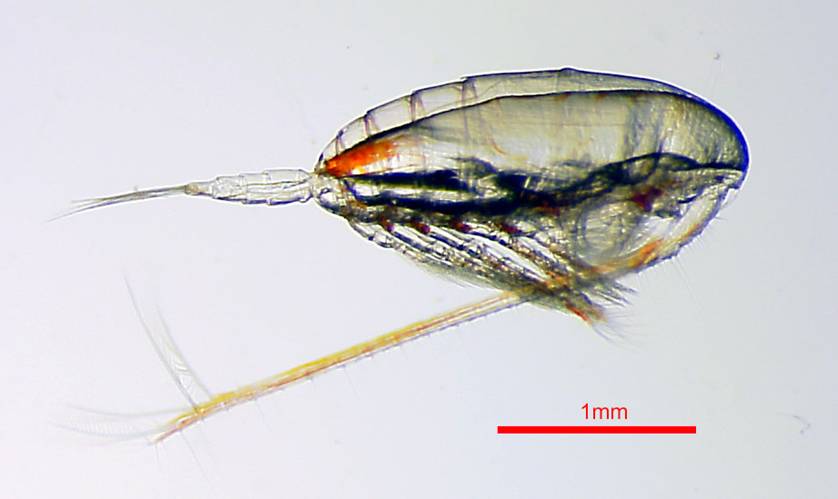CENTRE OF ECOTOXICOLOGY AND EXPERIMENTAL BIOLOGY
You are here:
Calanus - home
/
Research and Development
/
Culture
